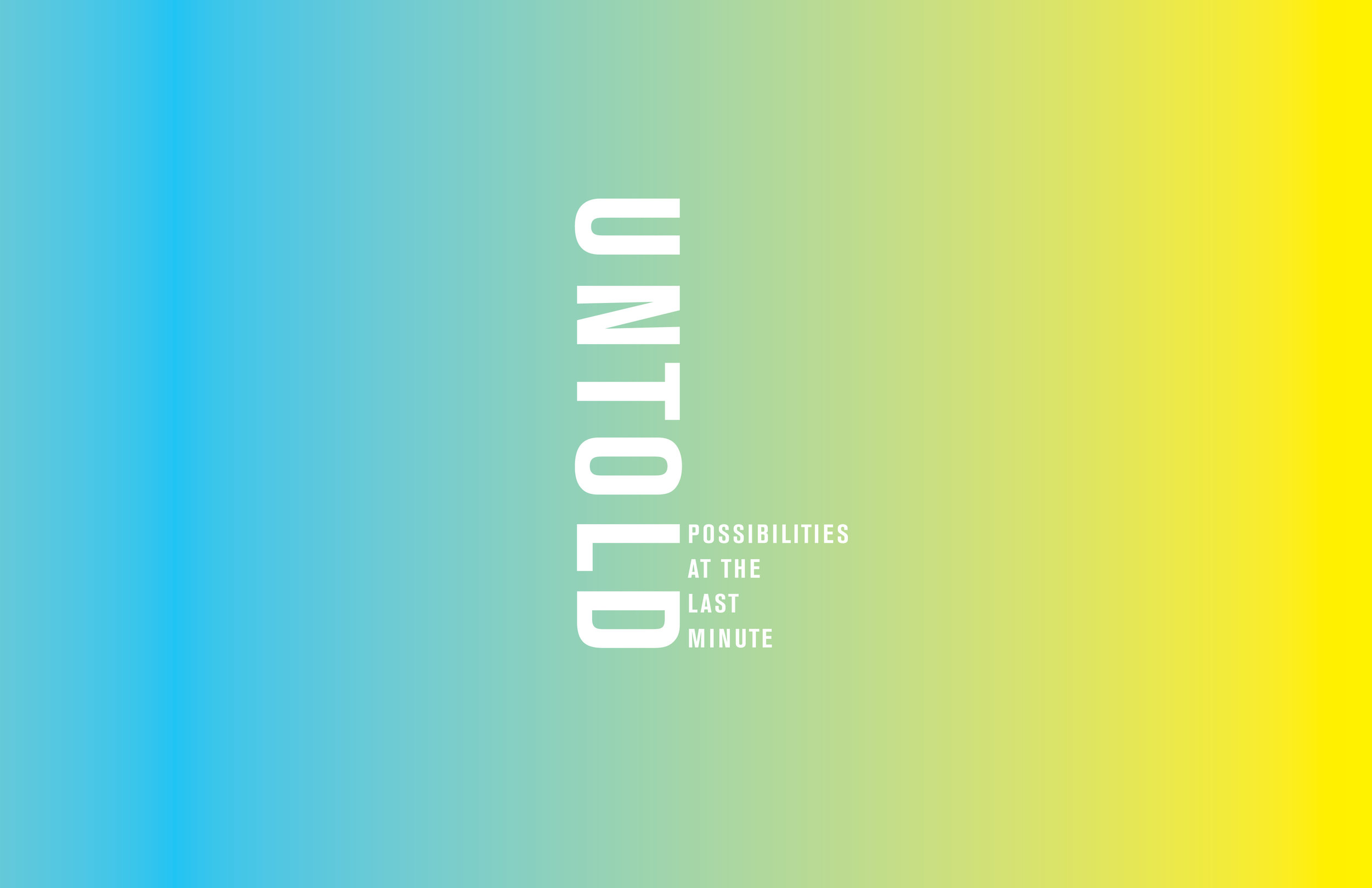
Artists Respond to Climate Change / Exhibition in 2019
Artists have been addressing environmental issues for many generations, but now, with greater urgency, we are seeing a surge of activism. Around the world artists are bringing attention to global warming, alerting us to a multitude of impacts it has on our lives, and prompting individual and collective action to reduce and prepare for the consequences of human activities that are accelerating climate change, consequences that have implications for nature and society.
Recognizing that the people studying climate change every day are having a hard time getting their message to the public, we present here some examples of how local artists transmit and transform scientific information into a communicative medium unmatched by any website or publication. These examples of proposed and realized projects engage the public through multiples senses, materials, and formats.
Untold Possibilities at the Last Minute reflects the complexity and inter-disciplinary nature of climate change as a topic. However, one might think about the array of impacts and responses through two primary categories: the physical and the social implications.
Jean Wilcox, the team of David Buckley Borden and Aaron M. Ellison, and Keith Hartwig bring our attention to temperature: Wilcox’s Cool Roofs advocates for changing our many flat urban roofs from black to white in order to reduce heat absorption into our environment. Borden’s and Ellison’s Warming Warning is an educational three-dimensional visualization of global temperature rise and carbon dioxide emissions. Hartwig’s Cold Chain (installed on the City Hall Annex plaza and represented in the gallery) speaks to the history and future of ice – a material that shaped global commerce over a century and now serves as a dramatic indicator and symbol of planetary health. Its history is particularly relevant here in New England and in Cambridge, where Fresh Pond was the site of a flourishing ice industry that shipped ice around the world.
Remembrance of Climate Futures, by Thomas Starr, and FUTUREFOOD, by Matthew Battles and Keith Hartwig ask us to imagine the future: Starr, through a physical trail of markers, employs the literary device of time travel to help us visualize how global warming and city actions will change the neighborhoods where we live, while Battles and Hartwig offer culinary encounters (presented at the Cambridge Public Library May 11, May 25, and June 15) to prompt us to think how climate change will change our food system and what we eat.
SeeBoat and ArtBoat, by Laura Perovich and her collaborators, makes environmental data physical and visual through remote-controlled model boats that measure water quality, which may be affected as water temperatures rise. SeeBoat invites us to experience our nearby rivers through the act of “drawing” with light attached to the boats.
Ozone Tattoo, by Dietmar Offenhuber and installed on the Annex plaza, highlights specific plants as bio-indicators of ground level ozone, which is created by the interaction of industrial pollutants and sunlight. It has a direct relationship to climate change and a detrimental effect on human health and communities.
The Patriotism of Science and Religion by Class Action and the Union of Concerned Scientists aims to reframe the political debate about climate change with public messages that position climate science in terms of moral and patriotic duty.
Gap Dynamics is Saul Levin, a folk-hop singer-songwriter from Michigan whose music, activism, and work merge to focus on climate change and environmental justice.
Amanda Gorman is the first National Youth Poet Laureate. We join her in believing in the power of youth to change the world and feature her poem Earthrise, inspired by the iconic photograph of Earth taken by astronaut William Anders during the first piloted lunar orbit in 1968. The photograph gave us an unprecedented view of our planet and has become a symbol for the environmental movement.
Planning Untold Possibilities at the Last Minute was a good opportunity to consider all our decisions through the lens of sustainability. To start, once we had a title, we asked ourselves: What is the more sustainable method of putting it on the wall? Vinyl lettering or oil paint and vinyl stencils? Or hand-lettered acrylic or charcoal, or printing on large paper? There was no perfect answer, and we did not have a life cycle analysis for each option.
More broadly, we had to weigh sustainability with other variables, including respect for the artists’ voices, aesthetics, legibility, diversity of audience, and the limits of budget, space, and time. This complexity of choice was not unfamiliar, as it characterizes many decisions we make as consumers to arrive at sustainable options based on environmental and occupational impacts.
Deciding what food we eat increasingly directs our attention to these debates. Several local food artisans generously offered edibles for our reception that prompt us to ask questions about our food system within global and local ecologies: kvass, oat-based ice cream, honey toffee, Japanese knotweed sorbet, plant-based “meat”. We encourage you to support these local chefs and food entrepreneurs:
Aeronaut Brewing Co., 14 Tyler Street, Somerville (kvass)
Nayla Bezares & Silvia Berciano of Baravena Foods (oat-based ice cream), https://www.baravena.com/
Nate Phinisee, Cambridge Chef (honey toffee)
Gus Rancatore, Toscanini’s ice cream shop, 159 First Street, Cambridge (knotweed sorbet)
Clover Food Lab, multiple locations in the Boston area (Impossible Meat)
We thank the foragers: Helen Snively, Russ Cohen, David Craft, and Tyler Akabane. Special thanks go to designers Thomas Starr and Jean Wilcox, who respectively led the design of the gallery installation and the exhibition microsite: www.untoldpossibilites.org.
Cambridge Arts is a department of the City of Cambridge and is supported, in part, by the National Endowment for the Arts, the Mass Cultural Council, and the Cambridge Community Foundation. We wish to thank Eastern Architectural Representatives and Firestone for their generous donation of UltraPly TPO membrane for this exhibition.











